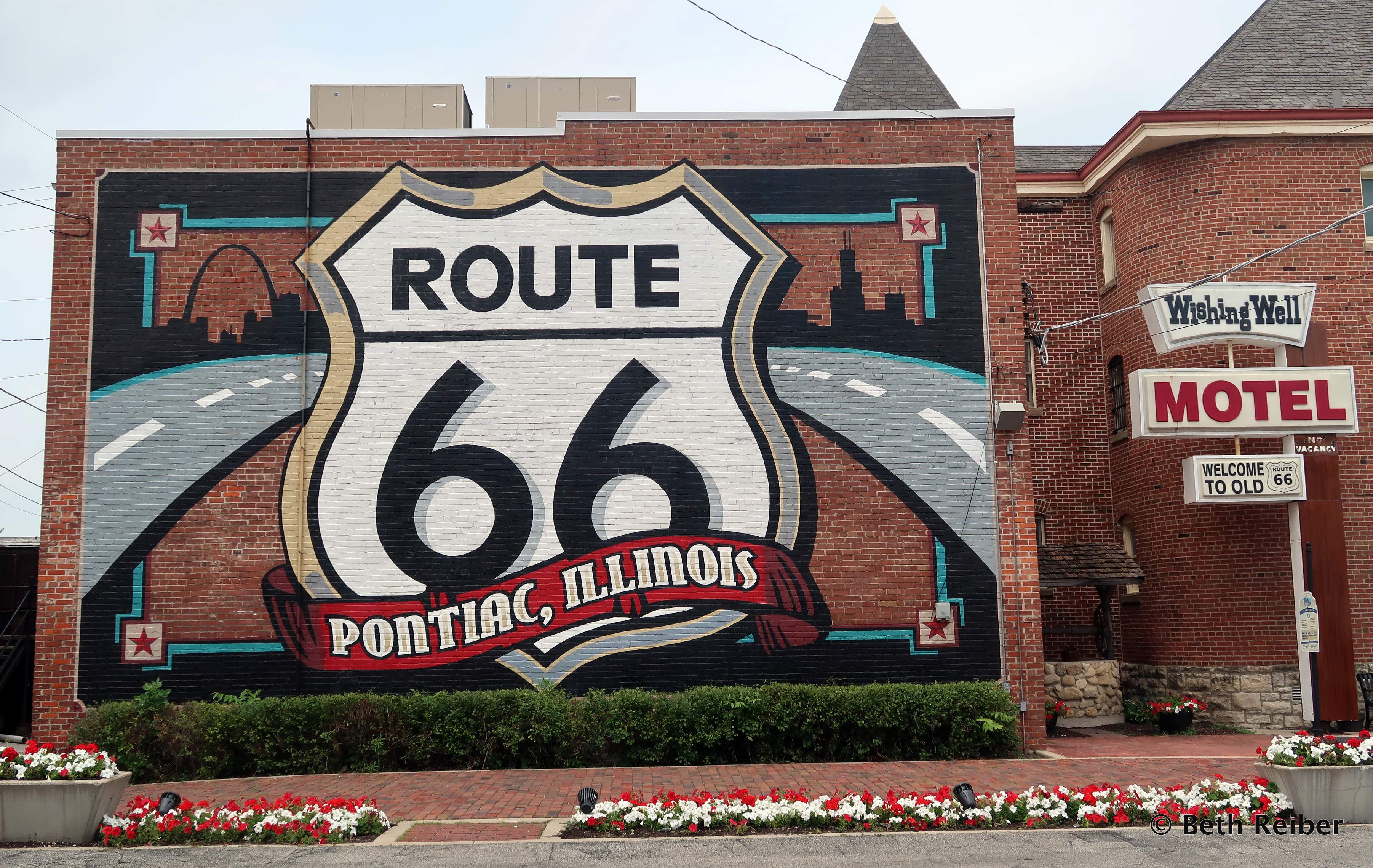I was living in Tokyo in the 1980s when the Japanese Ministry of Agriculture, Forestry and Fishery came up with a new concept: shinrin-yoku, translated as “forest bathing.” The idea was to get people outdoors, an antidote to the swift changes that were replacing a rural, nature-oriented society with high-tech, fast-paced cities. At a time when golf, tennis, and aerobics were all the rage (with their requisite equipment, uniforms and club fees), forest bathing was seen as a low-impact activity requiring no more than a slow walk through the sanctuary of a forest.

Yet it was years before the concept became trendy and many more years before it won me over. After all, many countries treasure nature, and being a camper all my life, I’d intuitively known that being in nature was good for my soul. Why, I wondered, should Japan get credit for an activity we all know makes our hearts sing? But then I visited Hinohara, a village on Tokyo Prefecture’s western edge, and learned that there was actual science behind the hype of forest bathing.
A short history of forest bathing
Actually, it makes sense that forest bathing comes from Japan. The Japanese have long revered nature, evident in ancient Shinto and Buddhist practices that emphasized the spiritual powers of nature. In the indigenous Shinto religion, for example, kami, or spiritual deities, inhabit much of the natural world, including mountains, boulders, seas, animals, and trees. Japanese red cedar (sugi) and cypress (hinoki) are especially treasured and have been the wood of choice for Buddhist temples and Shinto shrines since ancient times. Not only are the two evergreens durable with straight grain (hinoki can last more than 1,000 years), but they are also resistant to insects, fungi, rot and decay. That’s why they’re such big players when it comes to forest bathing.
Although Japanese government officials coined the phrase shinrin-yoku in the early 1980s, it wasn’t until the 1990s that Japanese researchers found scientific proof that forest bathing works wonders on our bodies beyond simply making us feel good. There are physiological benefits as well.
That’s because a tree’s ability to ward off insects, bacteria, and decay is due to its production of wood essential oils called phytoncides. Turns out, those phytoncides do more than protect trees. Researchers found they also work wonders on humans by increasing natural killer cell activity in our bodies. Although any forest can shower us with phytoncides floating through the air (forest showering, in my opinion, is a better description than forest bathing), evergreens are the largest producers of this natural oil.
Health benefits of forest bathing
The health benefits of forest bathing include the reduction of stress-related hormones, thereby alleviating tension and depression and elevating mood and vigor. It’s thought to increase parasympathetic nerve activity while suppressing sympathetic nerve activity. It decreases diastolic blood pressure, systolic blood pressure, and pulse rate. It boosts our immune system by increasing the number of natural killer cells. It’s even said to increase the production of anticancer proteins.
Beyond that, of course, walking through woods helps us slow down, provides an opportunity for reflection, disengages us from our hectic daily lives, and invites us to connect with nature.
And consider this: the health benefits of forest bathing can last more than 30 days after a visit.

Forest Therapy Roads
In 2006, Japan began a forest therapy certification program to entice people to visit their forests, which cover an astounding 67 percent of Japan’s total landmass, mostly in mountainous regions. Today, 65 Forest Therapy Bases are spread across Japan, selected by forest medical experts after scientific analysis of people who visited them. All of these Forest Bases have designated Forest Therapy Roads, designed to enhance walkers’ physiological and psychological benefits. These are not strenuous hikes. Rather, Forest Therapy Roads have gentle slopes, are barrier free, and can be completed in an hour or two. The name of the game is mindfulness.
By 2019, the Japanese government determined that its citizens were walking in the woods as much for shinrin-yoku as for sightseeing. That’s when it began promoting forest therapy in earnest. Even though the concept has been around for decades, chances are you’ve only heard about it recently. And even then, like me you might have found yourself skeptical.
For more information on forest therapy, Forest Therapy Roads, and health benefits, refer to the website of the Forest Therapy Society, based in Tokyo.
Learning about Forest Therapy in Hinohara
I met my guide, Kazuhiro Kobayashi, at Tomin no Mori, translated loosely as Tokyo Citizens’ Forest. Born and raised in Hinohara, located about two hours from downtown Tokyo, Kobayashi told me he’s had an interest in nature since he was a child. He now wants to spread the concept of shinrin-yoku to the world.
We walked slowly along the shaded Mito Otaki Falls pathway, named one of the nation’s first Forest Therapy Roads in 2007. At only 1.5 miles round-trip, it’s the easiest hike in Tomin no Mori. Still, there’s plenty to marvel at on this crisp autumn day, with the forest putting on a brilliant show of changing leaves in colors of red, yellow and orange, interspersed with green evergreens.
Kobayashi instructed me to take deep breaths.
“The smell of the forest is very important for human beings,” he said.
He added that the best way to let nature work its magic was to engage all five senses: that is, sight, smell, hearing, taste, and touch. We listened to the sound of wind in the trees, dry leaves crunching underfoot, the rushing of a nearby river.

He picked a leaf off a Japanese katsura tree, which immediately gave off a sweet caramel smell–but only in autumn after the leaf changes color. On the opposite end of olfactory pleasure was the kusagi, a small tree with leaves giving off such a rank odor, it’s referred to as the “stinky tree.” I learned that the smell of kuromoji (spice bush), which is used for making toothpicks and essential oils, varies depending on its location.
Kobayashi pointed out the sansho pepper plant (with berries used in eel dishes and leaves marinaded in soy sauce for rice dishes), the kabuto flower (named for its shape resembling a kabuto, or a samurai helmet), the urashi tree (the sap of which is used for Japanese lacquer), and tsuge, a boxwood tree used for making boxwood combs (a good place to shop for those combs is in Tokyo’s Asakusa neighborhood at Yonoya, which has been making boxwood combs for more than 300 years). Visual notes were struck by zelkova trees with their blazing yellow leaves and by several varieties of maple trees with their red splashes of color.
Why sugi and hinoki are king
But it was the towering sugi and hinoki that stole the show, with stops along the way so Kobayashi could point out differences between the two, especially their leaves and bark.
Sugi, which makes up the majority of trees in Tomin no Mori, grows tall and straight, making it perfect for the timber industry and the mainstay of Hinohara’s economy for centuries. Native to Japan, it’s also the country’s national tree.

But it’s hinoki that always steals my heart, because it’s the material of choice for traditional Japanese bathtubs. Not only does hinoki last a long time and actually strengthens as it ages, it feels good to the touch. And there’s nothing finer than a soak in a hinoki tub.
“Walk slowly through the forest for forest therapy,” Kobayashi told me. “It lowers the blood pressure and reduces stress. But the effect is that it helps you relax.”
And the best producers of phytoncides, and therefore the best forests for forest therapy, are those with evergreens, like pine, cedar, spruce, cypress or fir.

My takeaways
I don’t live near evergreen forests, but I did bring some evergreen forest home with me, in the form of hinoki essential oils and mist. They’re produced by a Hinohara company called WOODBOX, which utilizes discarded boards, leaves and sawdust left over from Hinohara’s lumber industry. Interestingly, hinoki leaves have a different scent from hinoki wood; personally, I find hinoki leaf intoxicating. If you can’t make it to WOODBOX’s Hinohara Factory store in Japan, you can order its line of shin rin yoku products online.
But my main takeaway from learning about forest bathing in Hinohara is that trees are looking out for us, making it vital we look out for them. Not only do they remove carbon dioxide from the air and produce oxygen, making them instrumental in fighting climate change, but they actually work magic on our health.
It’s as though a part of that wondrous healing Tree of Souls, found on Pandora in the movie “Avatar,” exists right here on earth.

For more information on forest bathing, Hinohara, and what to do there, see my article “Off the Beaten Path in Hinohara, Japan,” published by East-West News Service.






Excellent!